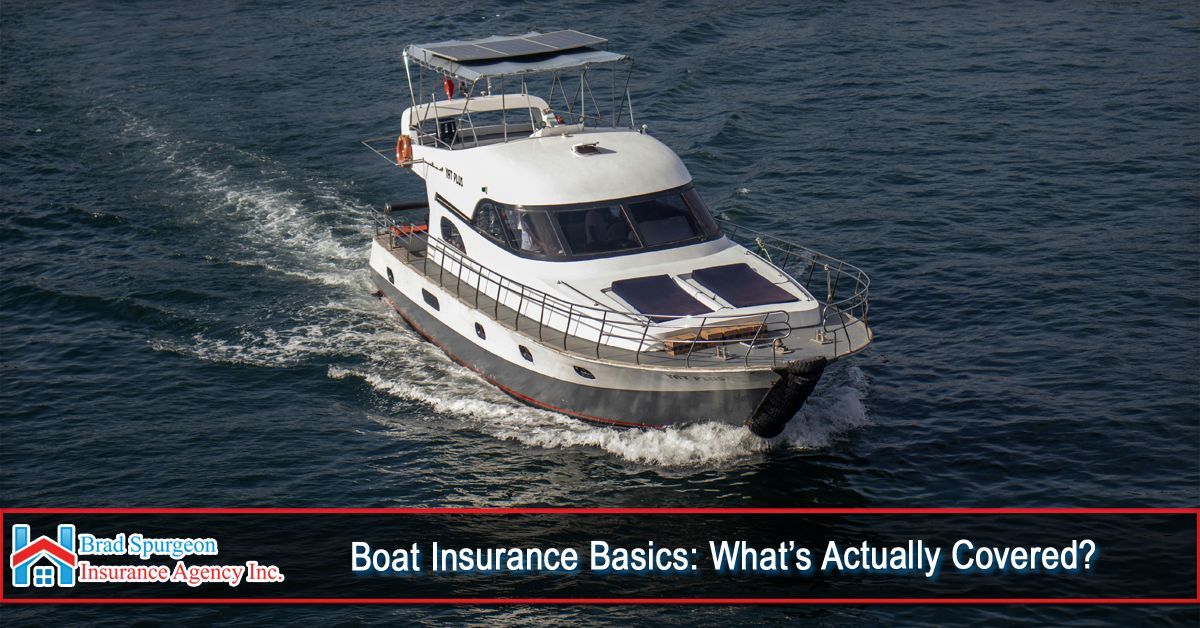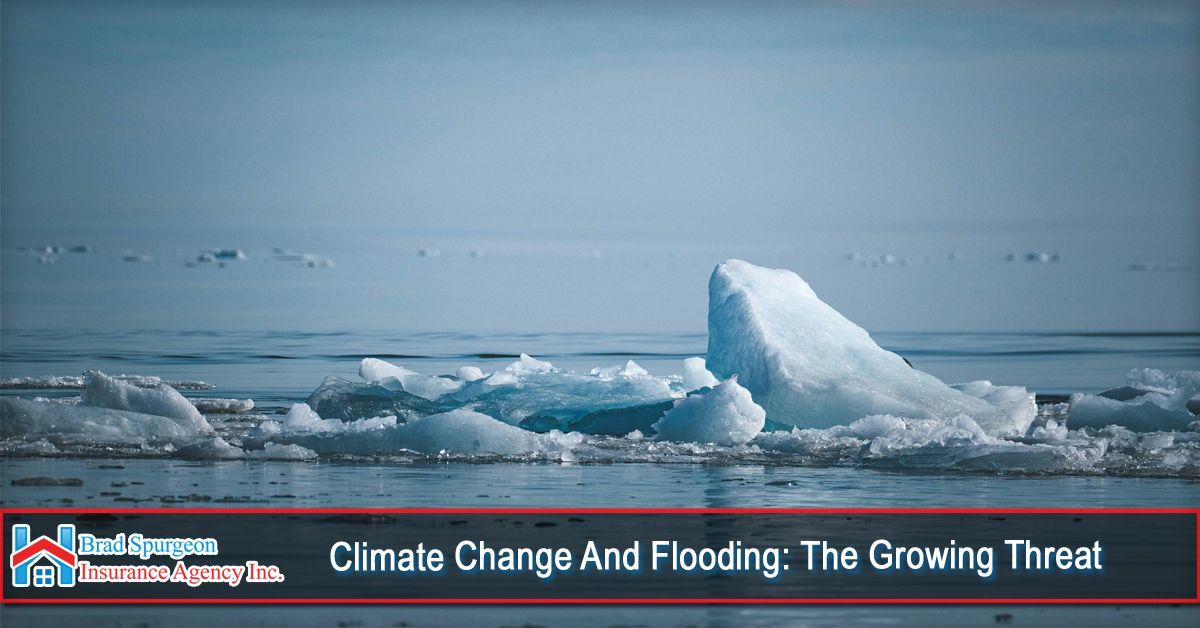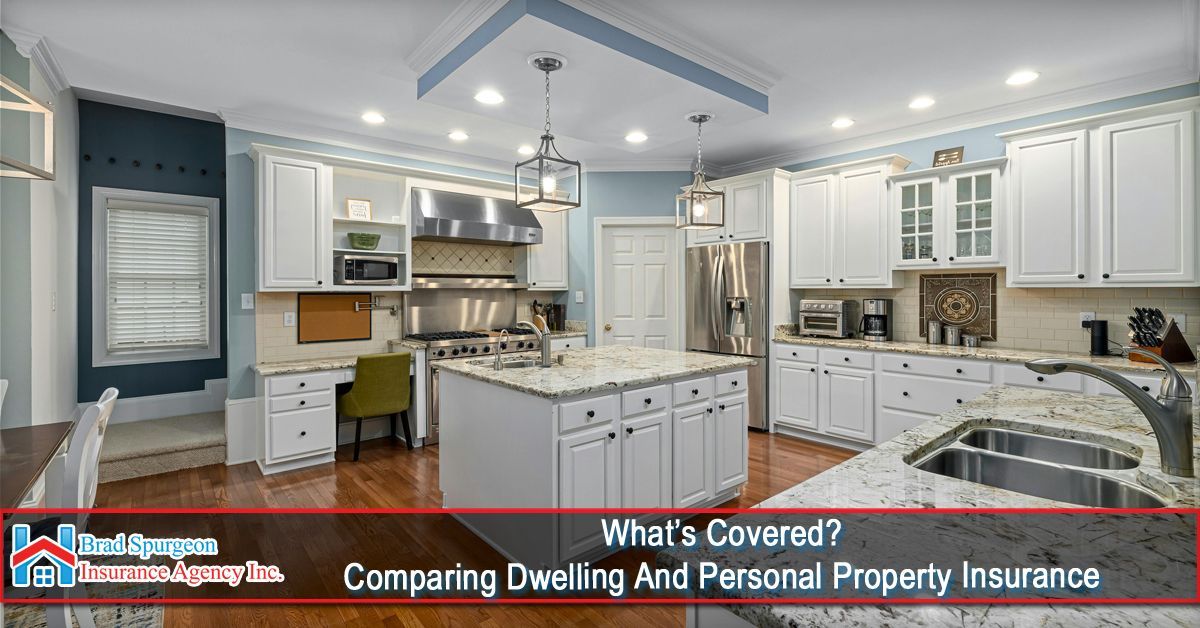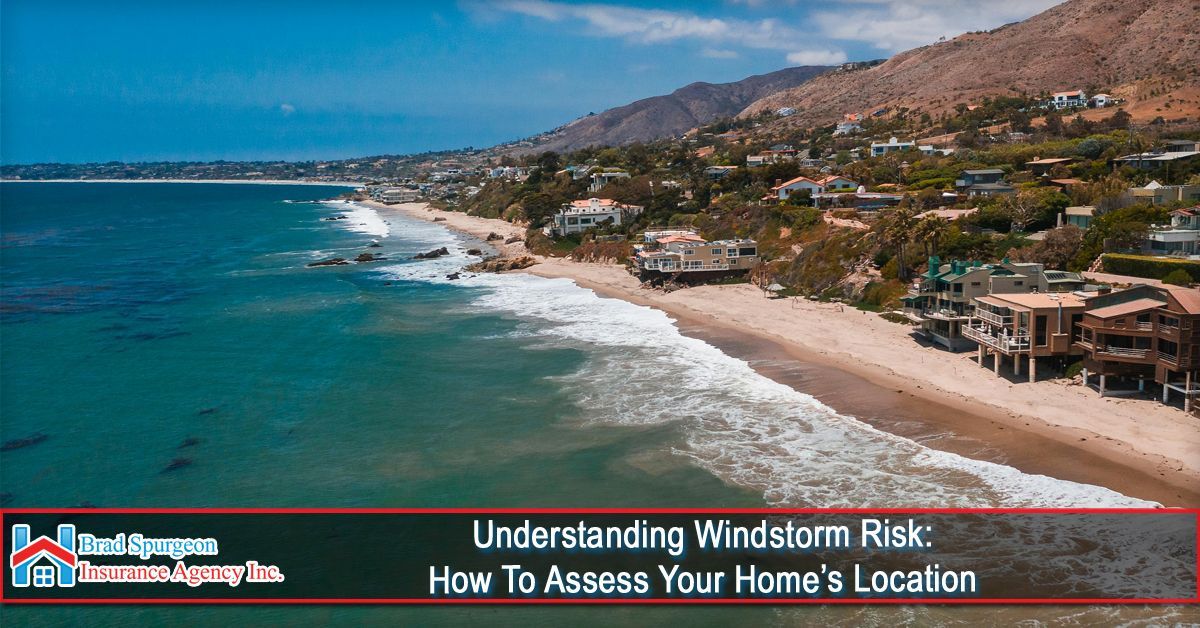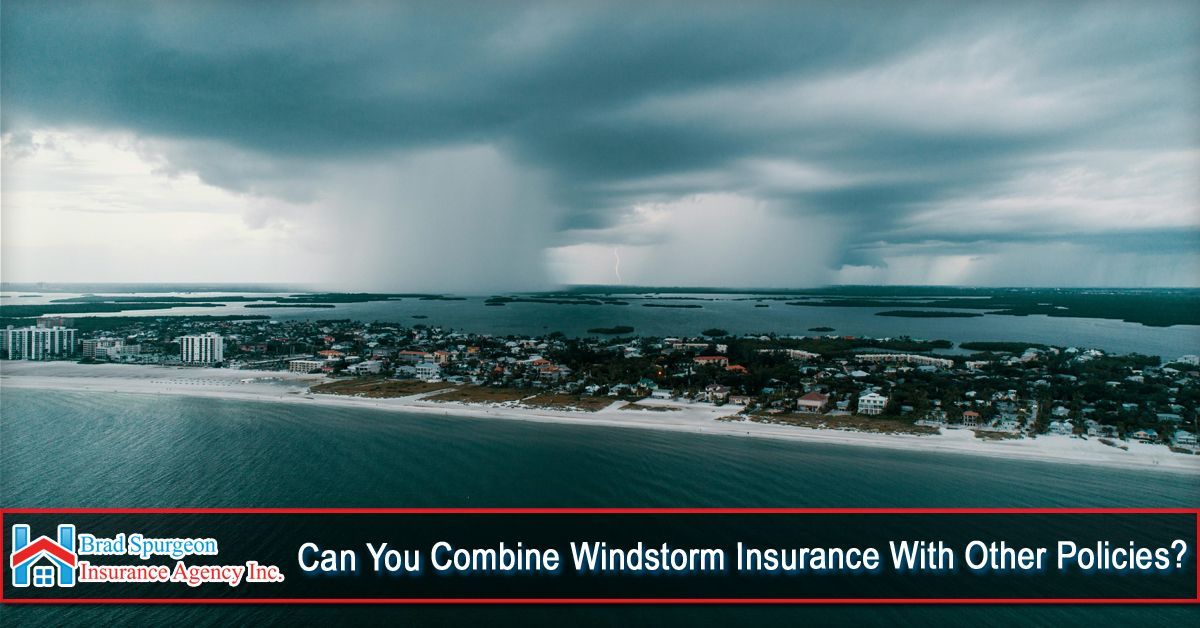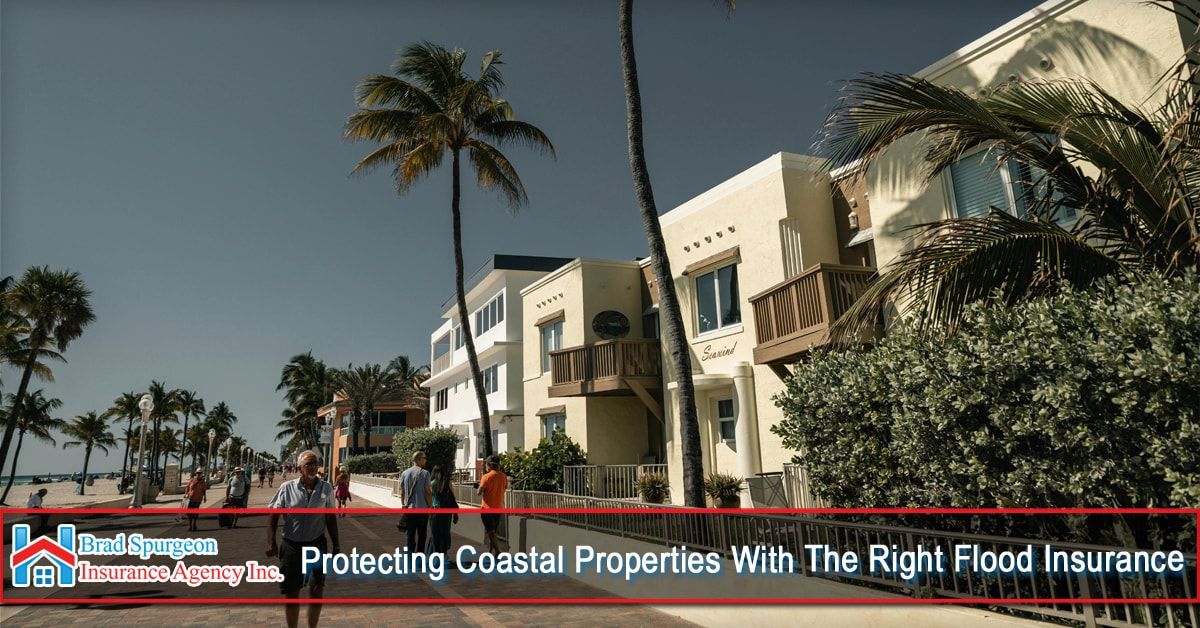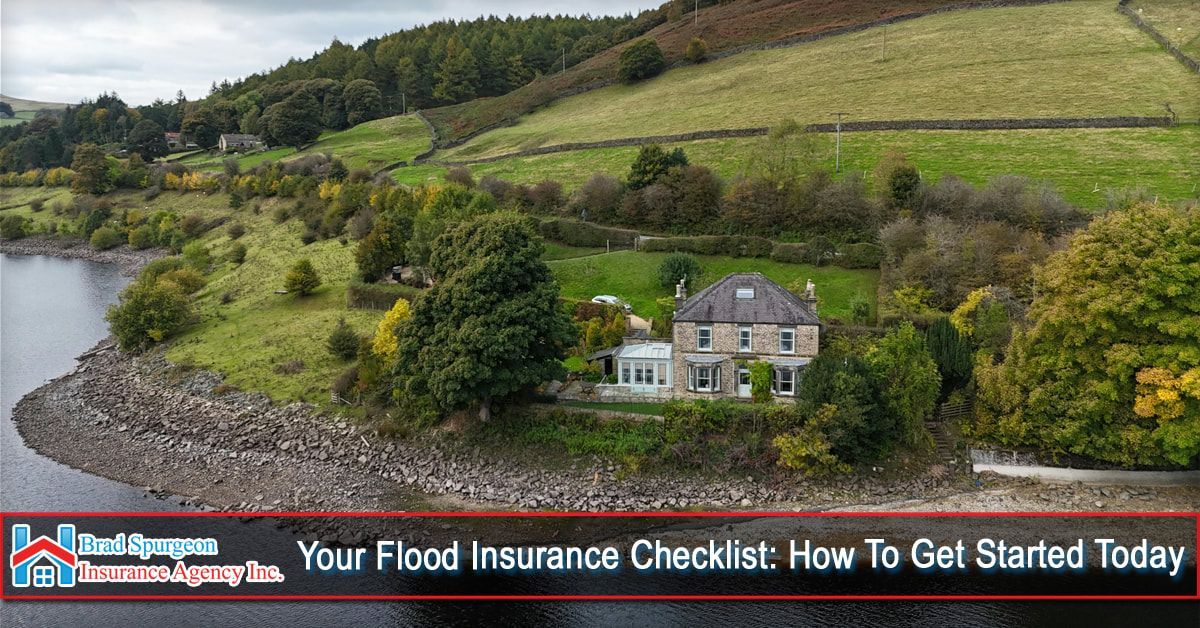Floods can occur anywhere and at any time, causing significant damage to property and posing serious risks to personal safety. Whether you live in a high-risk flood zone or an area that's never seen flooding, it's essential to be prepared. This article provides a practical checklist for getting started with flood insurance, helping you protect your home and belongings effectively.
Before diving into the checklist, it's crucial to understand what flood insurance covers. Unlike standard homeowner's insurance, flood insurance specifically covers property damage caused by external flooding, such as heavy rain, storm surges, blocked storm drainage systems, or dam failure. Here’s how to get started:
- Check Flood Maps:
Visit the FEMA Flood Map Service Center online to view the latest flood maps for your area. These maps show flood zones and flood risk levels, helping you understand your property's susceptibility to flooding.
- Review Historical Data: Look into your community’s flood history to gauge potential future risks. Local government offices or a quick online search can provide historical flood information.
- Property Value:
Ensure the coverage limit of your flood insurance policy is enough to cover the cost of rebuilding your home and replacing its contents.
- Coverage Type: Decide between building coverage (for the structure itself) and contents coverage (for personal belongings inside the home). Ideally, consider both for comprehensive protection.
- National Flood Insurance Program (NFIP):
Initiated by the federal government, NFIP offers flood insurance to homeowners, renters, and businesses. Policies can be purchased through most insurance companies.
- Private Insurers: Some private companies offer flood insurance that may provide higher coverage limits or additional benefits not available through the NFIP.
- Waiting Periods:
Most flood insurance policies have a 30-day waiting period from the date of purchase before coverage takes effect.
- Exclusions: Familiarize yourself with what is not covered under your policy. For example, damage caused by moisture or mold that could have been avoided by the owner is typically not covered.
- Inventory Your Belongings:
Create a detailed inventory of your possessions, complete with descriptions, estimated values, and photographs. This inventory will be crucial for filing a claim if your property is damaged in a flood.
- Secure Important Documents: Keep important documents such as your insurance policy, property deeds, and personal identification in a safe, waterproof location.
- Flood-Proofing: Beyond insurance, consider flood-proofing measures like installing flood barriers, using water-resistant building materials, or elevating electrical systems.
- Community Programs: Participate in community flood mitigation programs which might also reduce your flood insurance premiums.
Taking proactive steps to secure flood insurance and prepare for potential flooding can save you a significant amount of stress and financial burden in the future. By following this checklist, you can start your journey towards full flood preparedness today, ensuring that you, your loved ones, and your property are safeguarded against unpredictable natural disasters.
At Brad Spurgeon Insurance Agency Inc., we aim to provide comprehensive insurance policies that make your life easier. We want to help you get insurance that fits your needs. You can get more information about our products and services by calling our agency at (409) 945-4746. Get your free quote today by CLICKING HERE.
Disclaimer: The information presented in this blog is intended for informational purposes only and should not be considered as professional advice. It is crucial to consult with a qualified insurance agent or professional for personalized advice tailored to your specific circumstances. They can provide expert guidance and help you make informed decisions regarding your insurance needs.
